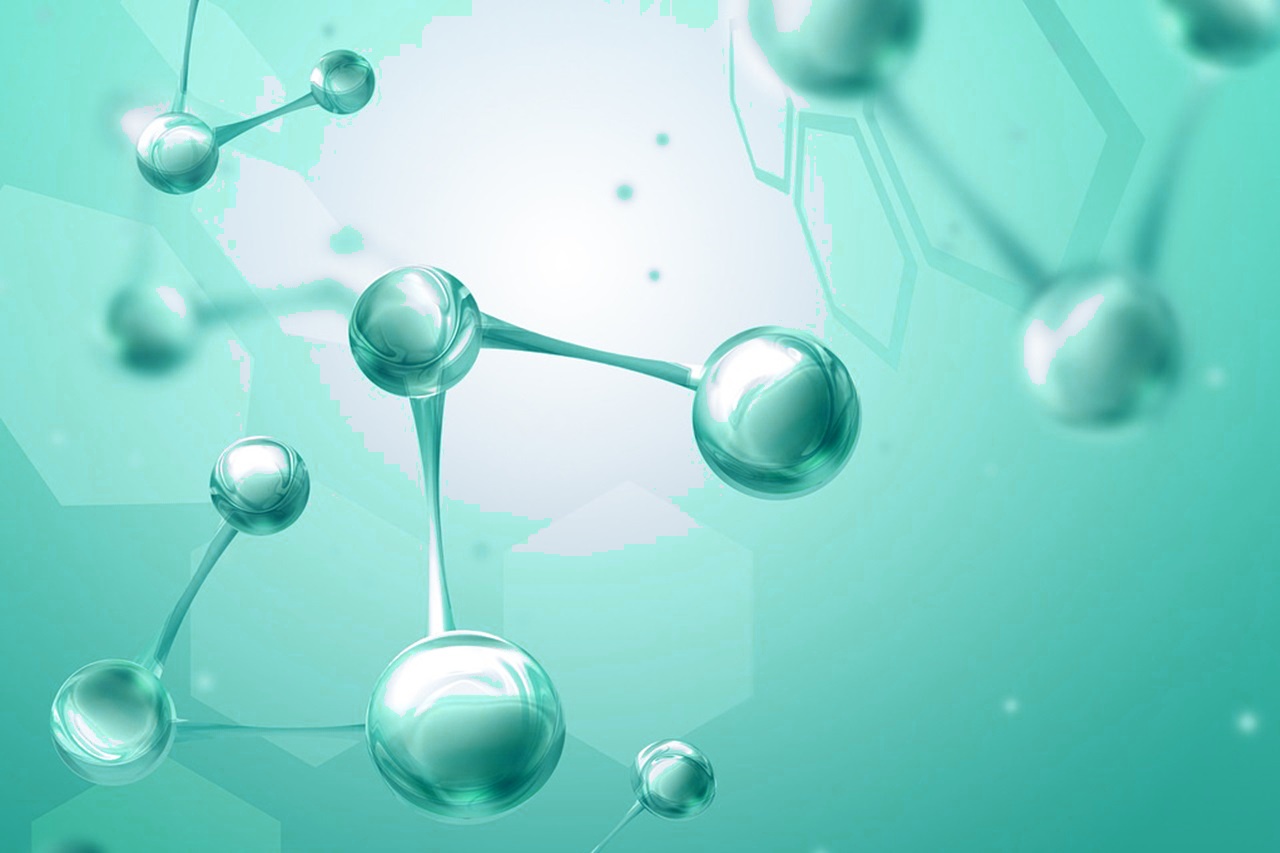Epoxy Resin Curing Agent
Mar 21, 2024
Epoxy resins are commonly used as a matrix for materials such as adhesives, coatings and composites, and are widely used in construction, machinery, electrical and electronic, aerospace and other fields. A complete concept of epoxy resin constituents by four aspects of the composition. However, in practice, it is not necessary to have all four aspects of the components, but the resin composition must include the curing agent, which shows the importance of the curing agent.
Epoxy resin components
Epoxy resin
Epoxy resin
Main part,bisphenol A type and other types of epoxy resins
Curing agent
Reacts with epoxy resins to form three-dimensional network polymers
Components for modification
Plasticiser
Gives epoxy components plasticity, but reduces its heat and chemical resistance
Toughening agent
Improved impact resistance without compromising other properties
Filler
Increase weight, improve curability, mechanical properties, such as calcium carbonate, mica, etc
Flame retardant agent
To make the epoxy Components with flame resistance, there are filler flame retardant and reactive flame retardant
Components used to regulate fluidity
Diluent
Reduce components viscosity, including active and inactive diluents
Thixotropic agent
Imparts thixotropic properties to epoxy compositions, e.g. asbestos, silica micropowder
Other components
Pigments, solvents, defoamers, levelling agents, tackifiers, etc.
The reason why epoxy resins are widely used is the result of the versatile co-ordination of these components. Especially the curing agent, once the epoxy resin is determined, the curing agent plays a decisive role in the processability of the epoxy resin composition and the final performance of the cured product.
Classification of epoxy curing agents
1. Classification by acid-base properties
Type
Curing agent name
acidity
Organic anhydrides, boron trifluoride and its complexes
alkali
Aliphatic diamines, polyamines, aromatic polyamines, dicyanodiamines imidazoles, modified amines
2. Classification by reactivity and chemical structure
Curing agent
Apparent curing agent
Addition reaction
Polyamine
Simple amine
Straight chain fatty amine
DETA,TETA,DEPA,TEPA
Polyamides
Polyamides with different amine values
Aliphatic amine
MDA,IPDA
Aromatic amine
m-XDA, DDM, m-PDA, DDA
Modified amine
Anhydride
Monofunctional group
PA, THPA, HHPA, MeTHPA, MeHHPA, MNA, DDSA, HET
Bifunctional group
PMDA, BTDA, TMEG, MCTC
Carboxyl group
TMA, PAPA
Polyphenol
PN
Polythiol
PM, PS
Catalyst reaction
Anionic polymers
DMP-30, 2E4MZ
Cationic Polymers
BF3∙MEA
Latent curing agent
Dicyandiamide
Organic acid hydrazide
Ketimine microcapsules
3. Classification by curing temperature
Curing Temp.
Curing agent type
Curing agent name
0-20°C
Low temperature curing agent
Polythiols, aliphatic polyamines or promoters, aromatic polyamines or promoters
20-40°C
Normal temperature curing agent
Polyamide, tertiary amine
60-100°C
Medium temperature curing agent
Dibasic aminopropylamine, imidazole, tertiary amine salts, aliphatic amines
100-150°C
Medium and high temperature curing agent
Anhydride or promoter, BF3-ammonium salt, dicyandiamide/promoter, imidazole derivatives, hydrazides
150°C+
High temperature curing agent
Aromatic polyamines, polyphenols, acid anhydrides
4. Classification by different usage
Curing agent
Curing at room temperature
Heavy Duty Anti-corrosion Coatings
Adhesives for civil engineering and construction
Civil Engineering Coatings
FRP
General Adhesives
Alicyclic polyamines
Denatured polyamines
Straight chain aliphatic polyamines
Polyamides, polythiols
Heat curing
Electrically insulating material
Acid anhydride, imidazoles, BF3 complexes
Laminated materials
Dicyandiamide, aromatic polyamines, linear phenolic resins
Coatings
Tank materials
Amino resins, methyl phenolic resins
Powder material
Dicyandiamide, aromatic polyamines, acid anhydrides
Moulded material
Linear phenolic resins
Adhesives
Aromatic polyamines, anhydrides, imidazoles, BF3 amine complexes
Structure and properties of curing agents
A comprehensive understanding of the properties and characteristics of polyamine curing agents with the same functional group but different chemical structures is very important for the selection of curing agents.
The main characteristics (color, ripeness, duration of use, etc.) also show a certain regularity.
Color: (good) alicyclic->aliphatic->amide->aromatic amine(bad)
Maturity: (low) alicyclic->aliphatic->aromatic->amide(high)
Application period: (Long) Aromatic->Amide->Alicyclic->Aliphatic (Short
Curability: (Fast) Aliphatic->Alicyclic->Amide->Aromatic (Slow)
Irritation: (Strong) Aliphatic->Aromatic->Alicyclic-Amide (Weak)
Gloss: (Excellent) Aromatic->Alicyclic->Polyamide->Aliphatic amide (Poor)
Flexibility: (Soft) Polyamide->Aliphatic->Alicyclic->Aromatic (Rigid)
Adhesion: (Excellent) Polyamide->alicyclic->aliphatic->aromatic (Good)
Acid resistance: (Excellent) Aromatic->Alicyclic->Aliphatic->Polyamide (Inferior)
Water Resistance: (Excellent) Polyamide->Aliphatic Amine->Aliphatic Cyclic Amine->Aromatic Amine (Good)
Development trend of curing agent
Curing agent as a core substance to play the value of epoxy resin, the nature of the cured product depends on the performance of the curing agent, so the road of research on the curing agent has far-reaching significance. From the research of curing agent to date, combined with the current situation at home and abroad, curing agent is currently facing some of the following challenges and changes.
The development of high activity and excellent heat resistance curing agent. The use of modified polyether amine, aliphatic amine or mixed compound to prepare high activity and heat resistance curing system.
Due to the traditional epoxy resin in the curing performance is poor, especially low toughness, brittle, greatly affecting its use, so improve the performance of epoxy resin needs to improve the toughness.
Improve the curing environment, overcome the volatility and toxicity of amine curing agent, and promote the development of room temperature curing agent by modifying amine with physical or chemical method.
Improve the adaptability and specialty of epoxy resin in special environments, to meet the special environments such as humid, underground low temperature environment or underwater of reservoir dam repair.
Curing agent and curing technology matching, will be a variety of curing technology (heat curing, microwave curing, light curing) combined with the selection of the appropriate curing agent may be able to get a comprehensive performance of the curing product.
Heating type latent curing agent has great potential, can continue to study the dicyandiamide and its modified products, organic acid hydrazide, boron - amine complex, imidazole, microcapsules and other latent curing agent.
Read More


